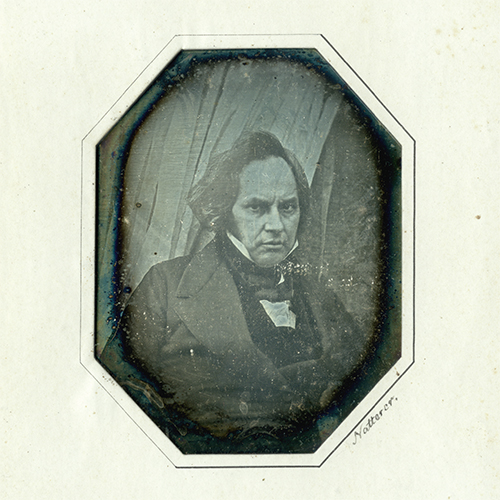Joseph Berres’s Phototyp
Printing Photography in the Service of Science
DOI:
https://doi.org/10.52476/trb.9752Abstract
Following Alfred Donné in Paris, the Austrian Joseph Berres was the second person in history to convert unique daguerreotypes into intaglio printing plates by etching them in acid and then printing them in ink on paper. Berres’s experiments culminated in the booklet Phototyp nach der Erfindung des Professors Berres in Wien (1840), which is considered the first photomechanically illustrated publication. Today, Phototyp is recognized as a key work in the pioneering combination of photography and traditional printmaking as a means of disseminating visual information in the mid-nineteenth century. In this study, the four prints in the Rijksmuseum’s copy of Phototyp, one of only three known remaining copies worldwide, were compared to prints found in other collections. The survey revealed that far fewer prints exist today than were originally produced. The Rijksmuseum prints were also analysed by microscopy and both X-ray and Infrared Spectroscopy. These findings were helpful in the ensuing re-creation of Berres’s process using newly made daguerreotypes. In practical terms, Berres’s process turned out to be far more complex to carry out than his recipes implied. Nevertheless, this endeavour resulted in a better understanding of the materials and methods involved, knowledge that may help in identifying more Berres prints in other collections in the future.
Downloads







